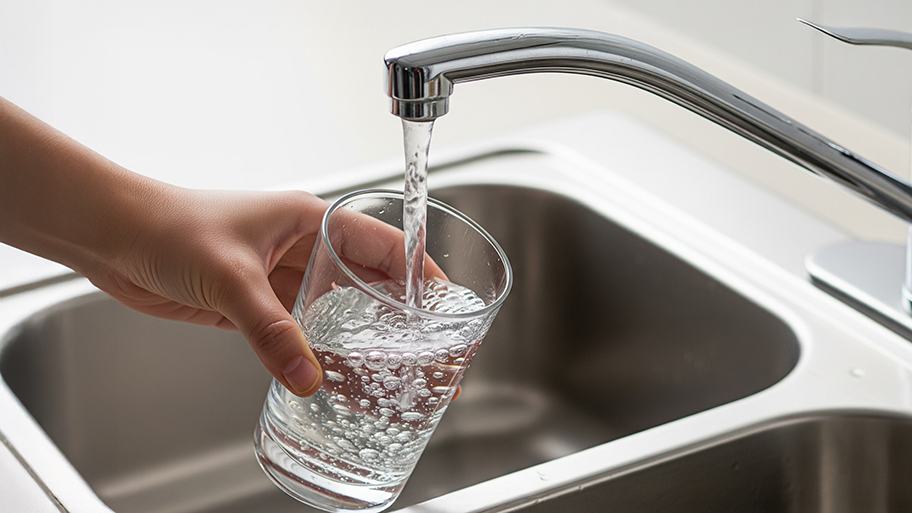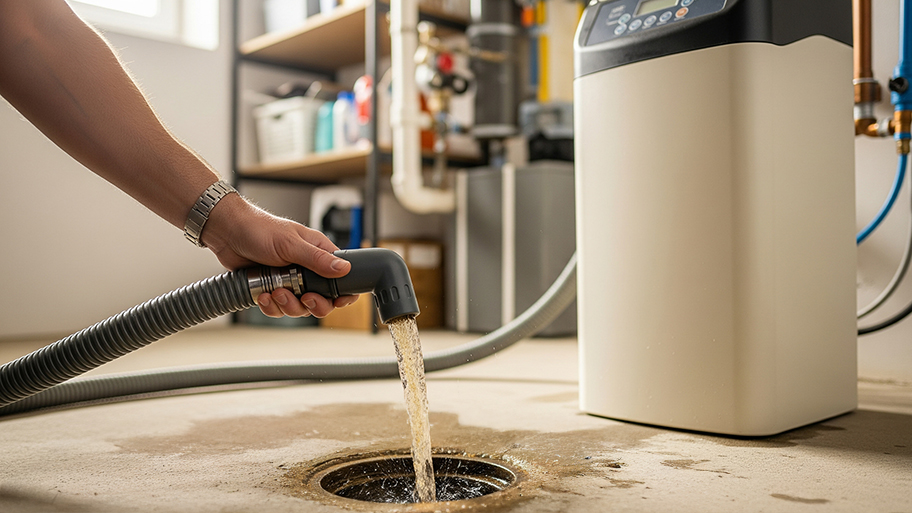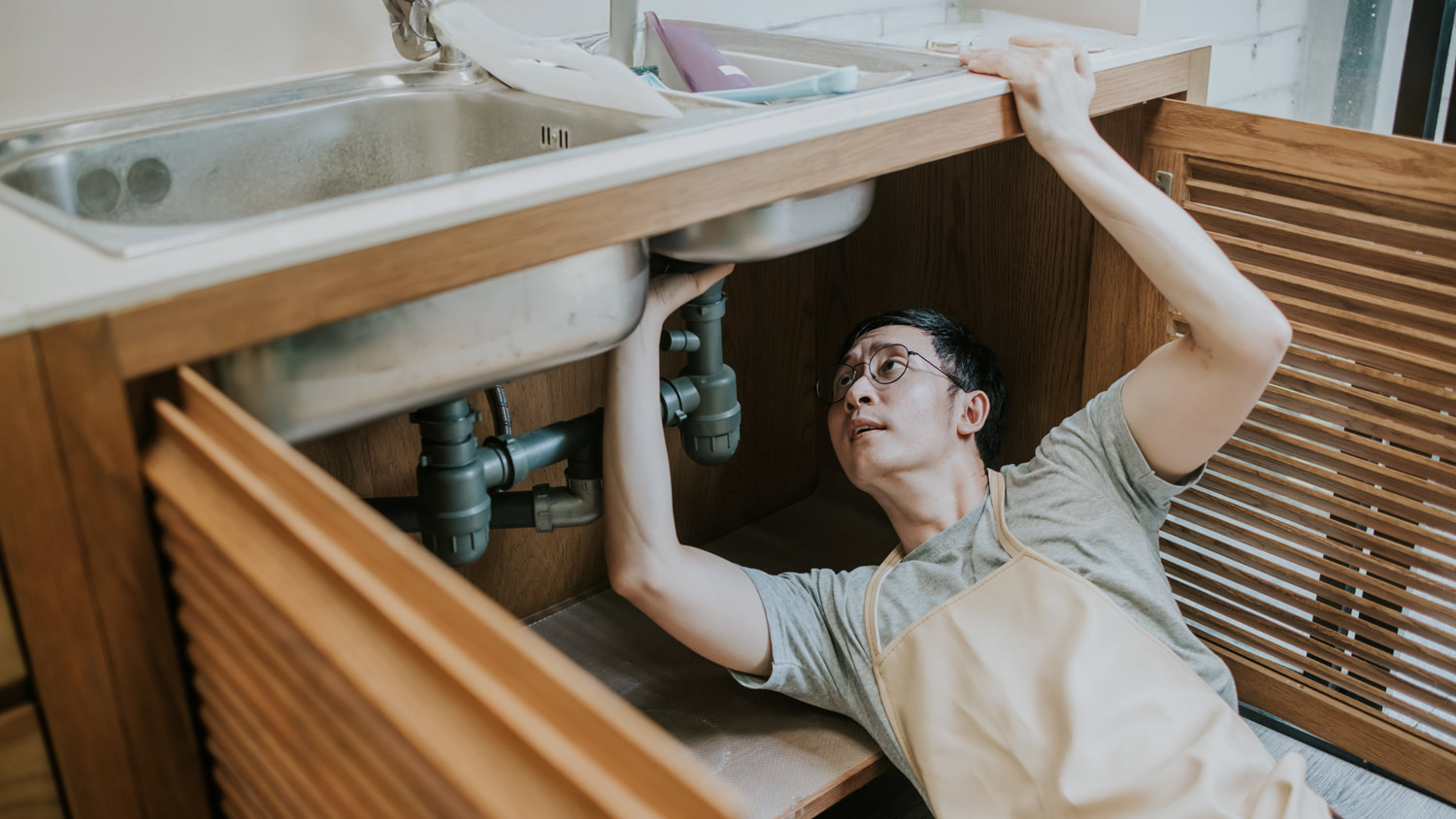
On average, a reverse osmosis water filter costs around $2,200, but there are a few variables that impact the total price. Learn about them in this guide.
Banish water softener wastewater the right way


Backwash is a mixture of salt and hard minerals removed from your water.
Water softeners use brine to clean the resin beads.
Different municipalities have different regulations for discharging backwash.
Options include drains, the ground, dry wells, and septic tanks.
You may need to install a pump to push backwash out of basements.
You’ve solved your hard water problem with a water softener system, and your skin, appliances, clothes, and dishes thank you. But what happens to all the particles in the hard water that your trusty water softener captures? And, more importantly, what should you do about it? Let’s break down where to discharge water softener backwash so that all of that gunk doesn’t go where it doesn’t belong.
A water softener works behind the scenes to provide water free from chlorine, magnesium, iron, arsenic, and other minerals and contaminants, depending on the type of water filter. While you may forget about your inconspicuous system, a water softener goes through a series of stages to ensure you have top-quality water. One of those stages involves a process called backwash.
Water softener backwash is a conglomeration of all kinds of pesky, unwanted particles your water softener worked hard to keep out of your taps—namely, sodium, calcium, and magnesium. The water softener system creates brine to flush out the calcium and magnesium from your system, and together, this trio creates backwash.

When installing a water softener, budgeting for a water softener installation cost may also come with the added expense of installing a system for discharging backwash.
You have several options on where to discharge water softener backwash. Look up your local backwash discharge regulations before you choose to safely dispose of backwash, as different states and local municipalities have different requirements based on the soil type, altitude, and other factors.
With this in mind, here are five places to get rid of water softener backwash.
If you have a dry well on your property, then you may be in luck. A dry well serves as an appropriate backwash destination thanks to the depth and porousness of the well. The backwash can drain into the ground without jeopardizing the surrounding environment. The only exception is when the well goes below the water table. This can put the surrounding soil at risk of high levels of sodium from the brine.
Homes that already have a floor drain can easily utilize these drains for discharging water softener backwash. The backwash contents simply go into your local wastewater treatment facility or septic system.
If your water softener is in your basement, you may need a pump to push the water up into the main sewage drain. You have two options for this: a sump pump or a sewage ejector pump. Sump pumps are common systems that help prevent flooding basements. You can use a sump pump to redirect water to your main sewage drain, a French drain, or a sump basin.
Like a dry well, backwash enters into a structure designed to hold water—only a French drain is a ditch that is much shallower and wider than a well. If you already have a French drain for basement flood prevention, you can use the drain to discharge your water softener backwash.
You’ll need a pipe that contains holes for backwash drainage. You’ll also need to make sure that the ditch has a wide enough surface area for the amount of backwash entering it to avoid harming the environment via high concentrations of brine and debris. Double-check with your municipality to get the OK for this setup ahead of time.
Some local authorities allow homeowners to simply drain water softener backwash directly onto the ground. However, this method may not be allowed if it impacts public drinking water. It also directly affects the soil quality and surrounding areas due to the high sodium levels and other hard minerals that lurk in the backwash.
Homes that don't have centralized wastewater systems use underground wastewater treatment structures called septic systems. If you live in a rural location or an area that doesn't have a public sewer system, you might be able to use a septic drain field to discharge water softener backwash.
With this option, the backwash enters a septic tank before slowly dispersing across a field called a septic drain field. Again, check with your local regulations to ensure your septic tank is suitable for use before connecting to a water softener system, as you’ll need a correct slope and location to prevent flooding or draining issues. There’s also a risk of plugging up the drainfield with hard mineral deposits. For this reason, a septic drain field may not be the best solution.
To ensure those unwanted particles stay away from your tap, it’s important to discharge or flush the debris out of the bed of your resin tank and offset the content down the drain. You’ll need a drain line of some sort to remove backwash and dispose of it in a controlled process to prevent contamination or harm to the environment.
The entire recharge process is a robust one that can take anywhere from 70 to 120 minutes. To help you visualize the backwash process, here's a quick look at the stages of a water softener regeneration cycle.
Backwashing is an essential step for cleaning your water softener. It's the equivalence of taking a shower and removing dirt from a day out in the garden. In this stage, water pushes up into the resin tank and flushes debris out through the drain. This stage can take up to 10 minutes to complete.
Once the resin tank has been flushed, a cleaning agent called brine goes in to clean out the remaining hard minerals and limescale from the resin beads. Your water softener creates brine by combining water and salt. This stage can take up to 50 minutes.
The fast rinse stage works to flush out the brine solution and any minerals it stirred up. This, too, goes down the drain, leaving a fresh bed of resin. Expect this rapid rinse to take around 10 minutes.
To give your resin bed a complete hose down, your water softener then slowly rinses out the resin beads to restore the system to its correct alignment. Contrary to its name, the slow rinse cycle takes about 5 minutes to complete.
Your system completes the cycle by sending water back to the brine tank for a tank that’s readily available come the next regeneration cycle. This stage is about 15 minutes long.
The water backwash cycle is an important part of maintaining a water softener. Exactly how often your water softener goes into the regeneration cycle and just how much backwash it creates depends on the size of your water softener, your water usage, and your water hardness.
According to the Rhode Island Department of Environmental Management Office of Water Resources, most water softeners regenerate anywhere between one and three times weekly, producing somewhere between 40 and 150 gallons of brine a week. It’s safe to say that’s a good amount of backwash, making it vital for you to have a good method for discharging water softener backwash.
From average costs to expert advice, get all the answers you need to get your job done.

On average, a reverse osmosis water filter costs around $2,200, but there are a few variables that impact the total price. Learn about them in this guide.

Wondering about water treatment system costs? Learn average prices, key cost factors, and ways to save on installation and maintenance for your home.

Your cost to install an under-sink water filter will depend on the type and size of system you choose and whether you need professional installation.

No one likes that white buildup in the shower and on their cookware. Will a whole-house water filter remove the scale? We'll show you what to expect.

Not keen on spending thousands on a water softener? Use this guide to see if it would be better to rent or buy a water softener for your home.

Considering reverse osmosis versus carbon water filtration for your home? Carbon filters can remove some impurities, but RO removes a lot more.